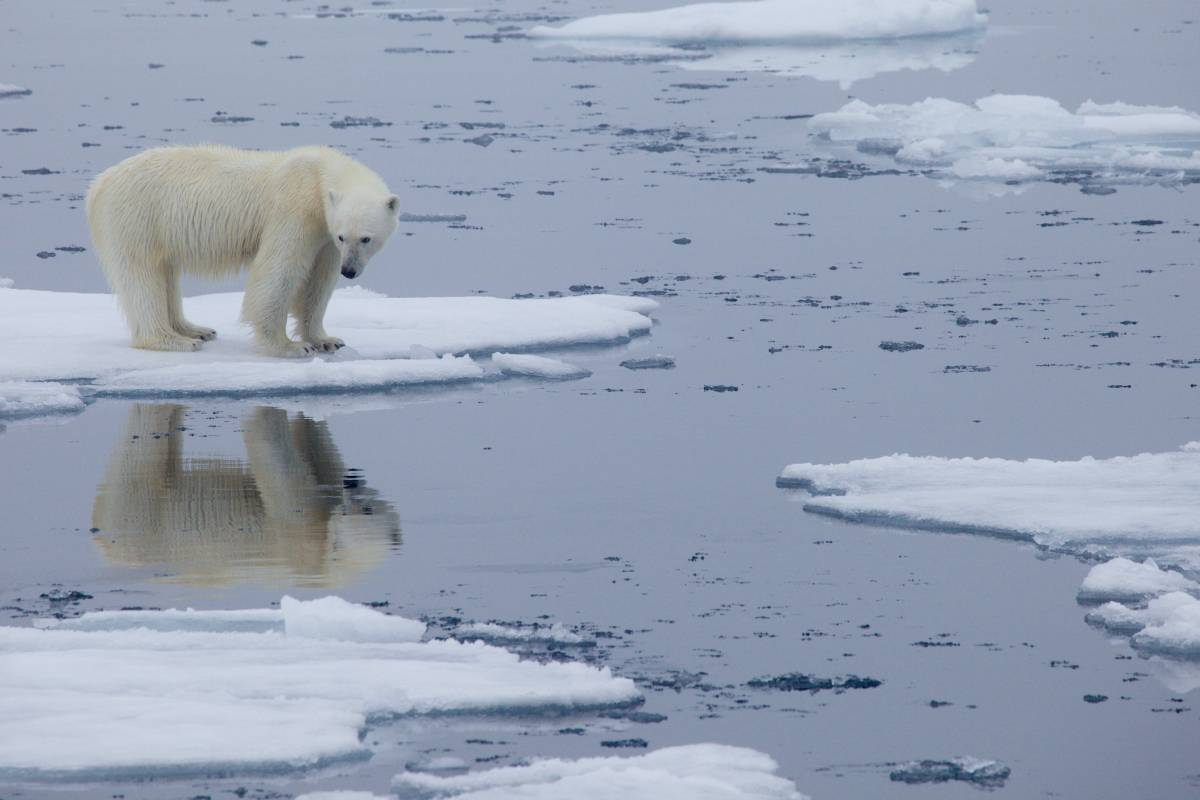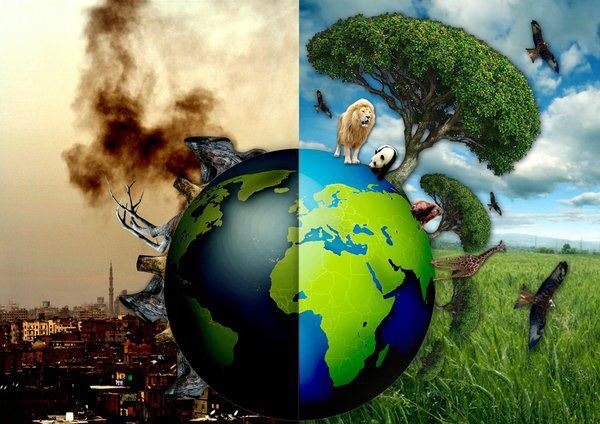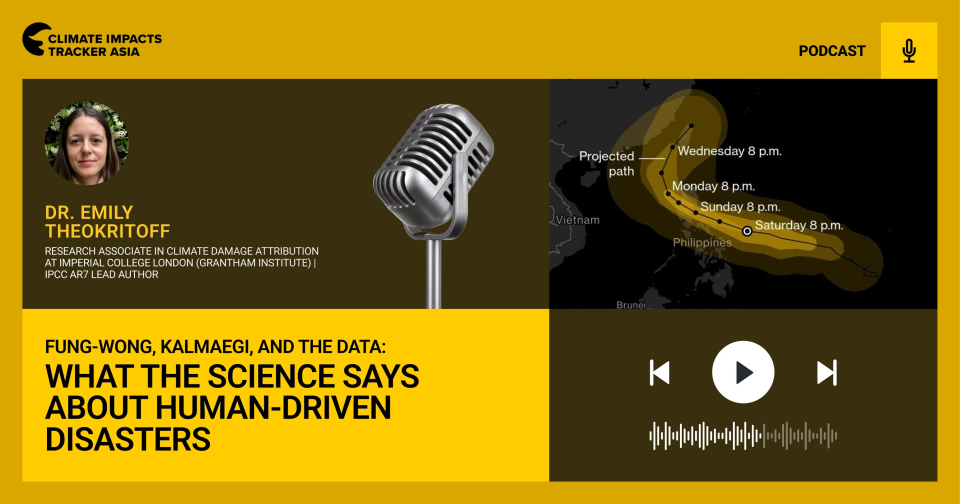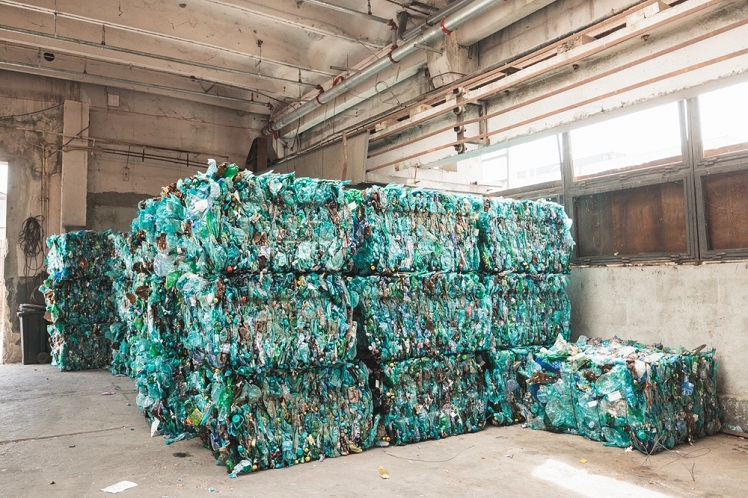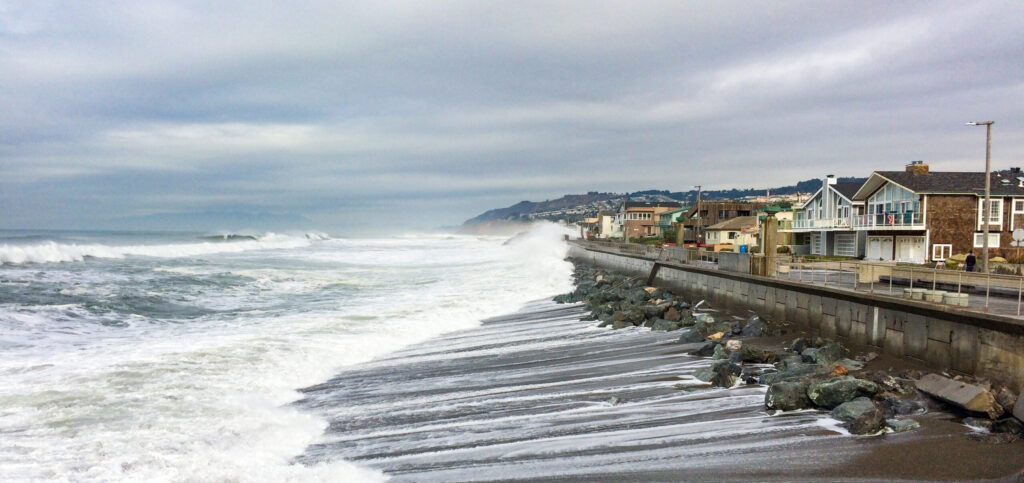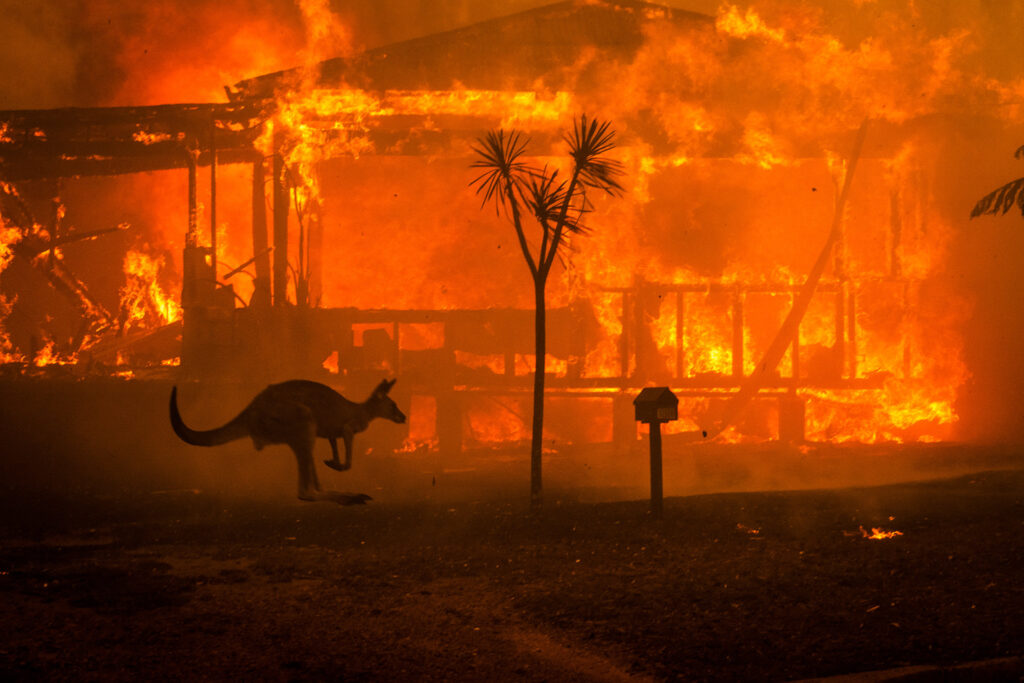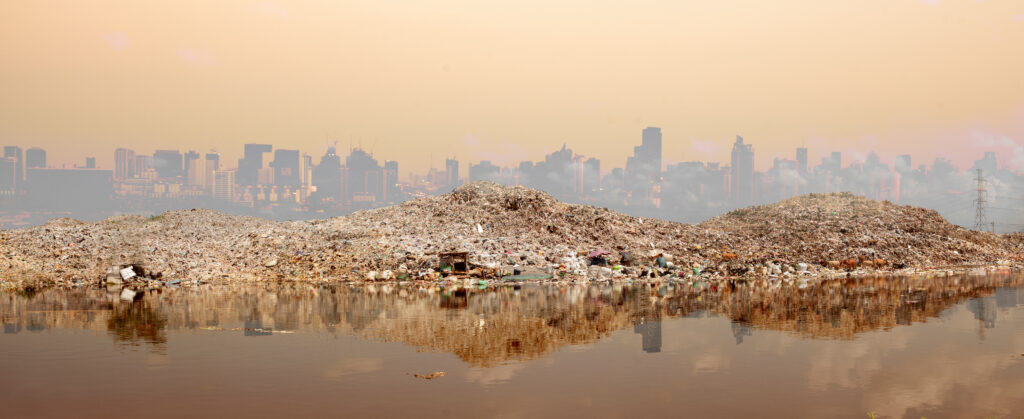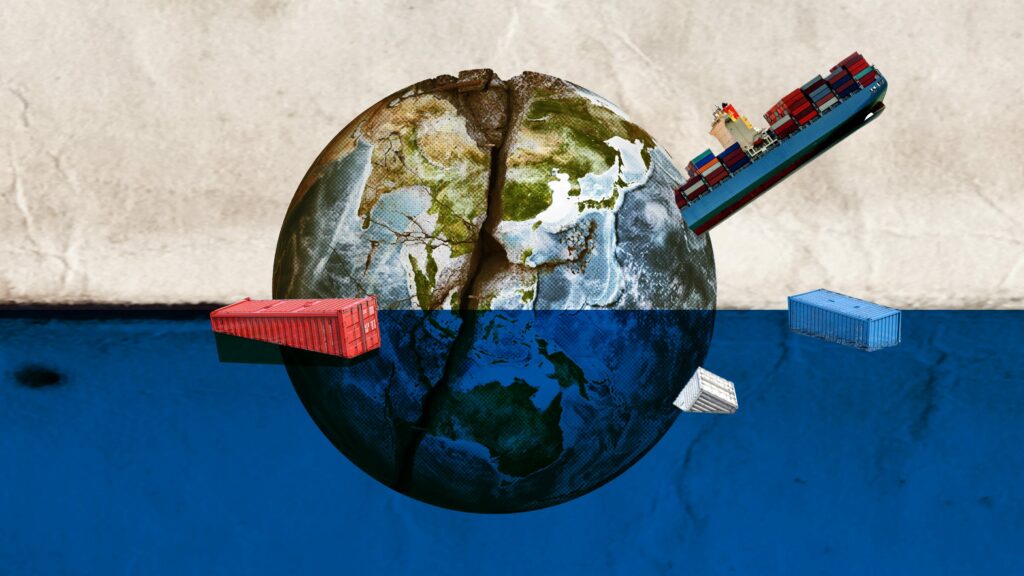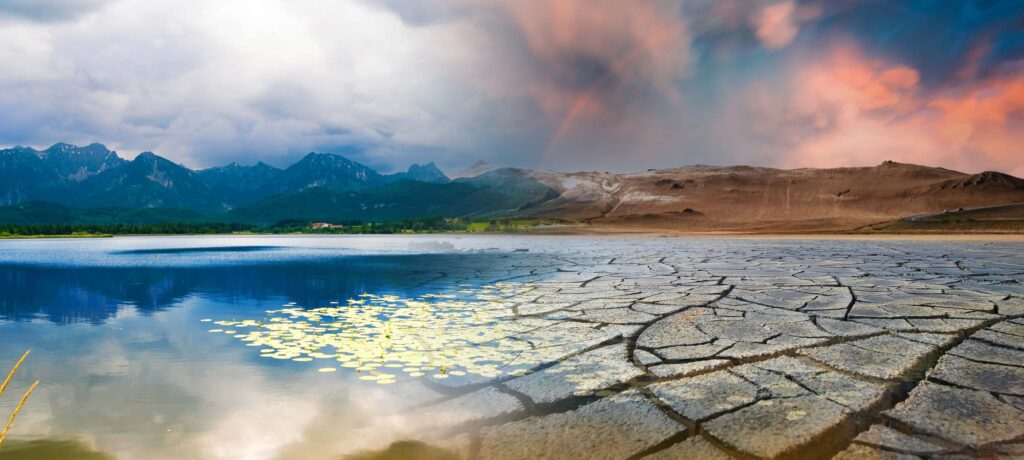How does climate change affect animals? This question is becoming increasingly critical as we observe increasingly impactful changes in the planet’s ecosystems.
Climate change is already affecting animals and plants, with many species at risk of extinction. According to the Intergovernmental Science-Policy Platform on Biodiversity and Ecosystem Services (IPBES), over 1 million species are threatened with extinction due to climate change and other human activities. The time frame for these risks varies, but many species could face irreversible damage within the next few decades if current trends continue.
What Animals Are Extinct Because of Climate Change?
Several species have already gone extinct due to climate change’s direct and indirect effects.
One notable example is the Bramble Cay melomys, a small rodent native to Australia. It is considered the first mammal to go extinct due to climate change. It was endemic to Bramble Cay, a small island off the coast of Australia with its highest point about 3 meters above sea level. Rising sea levels led to saltwater incursion, which led to a 97% decline in leafy tree cover between 2004 and 2014. This decimated the animal’s habitat and food supply, and the animal was officially declared extinct in 2016.
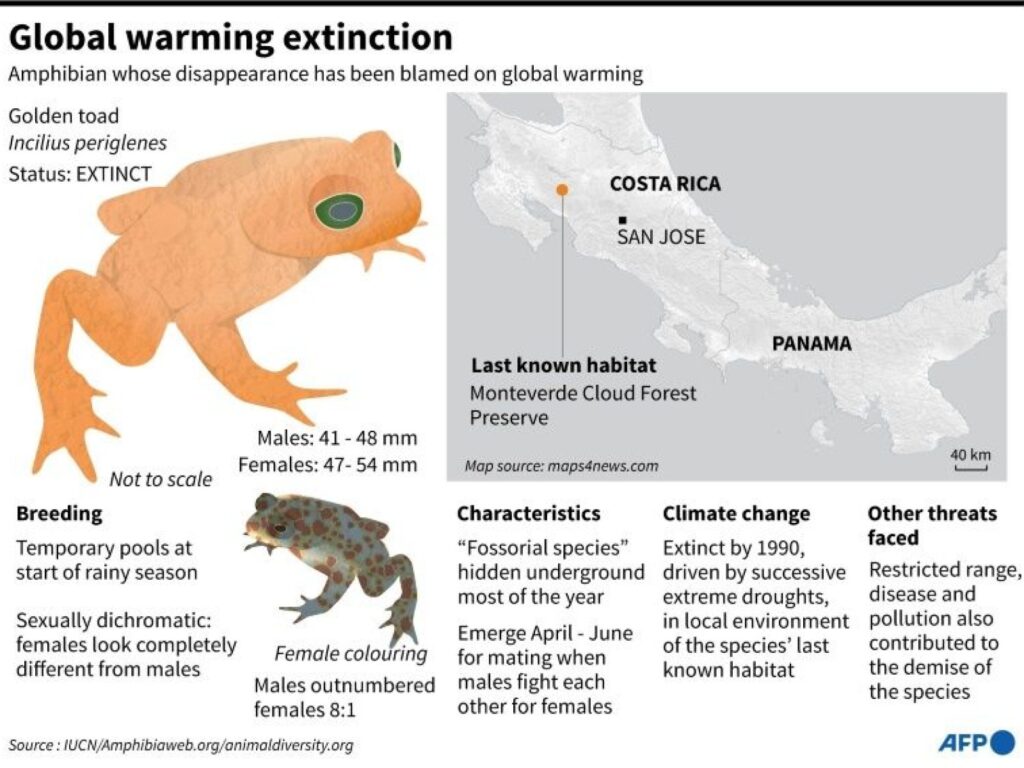
Another example is the golden toad, which disappeared from its habitat in Costa Rica’s cloud forests and was declared extinct in 2004. The specific reason for their decline is still debatable, but scientists have two primary theories related to changing weather patterns. A sudden change in climate, such as a severe drought, changing its habitat, or a fungal disease typically present in drier conditions, led to major deaths.
How Does Climate Change Affect Plants and Animals?
Climate change is a complex process that has trickle-down impacts on all ecosystems. However, a few of the primary effects are as follows.
Habitat Loss
Changing climates destroy habitats, forcing animal species and plants to migrate or face extinction. For instance, polar bears are losing their ice habitats due to Arctic warming and decreasing of Arctic sea ice, leading to decreased hunting grounds and food shortages.
Another example is coral reefs, which are critical habitats for marine life and are experiencing bleaching due to rising ocean temperatures and ocean acidification. Already, up to 50% of the world’s coral reefs have died, and if nothing changes, this number is estimated to reach 90% by 2050. Around 25% of the marine life that lives in coral reefs will become threatened when this happens. Additionally, the ecosystem services we get from coral reefs, such as fishing, tourism and coastal protection, will disappear.
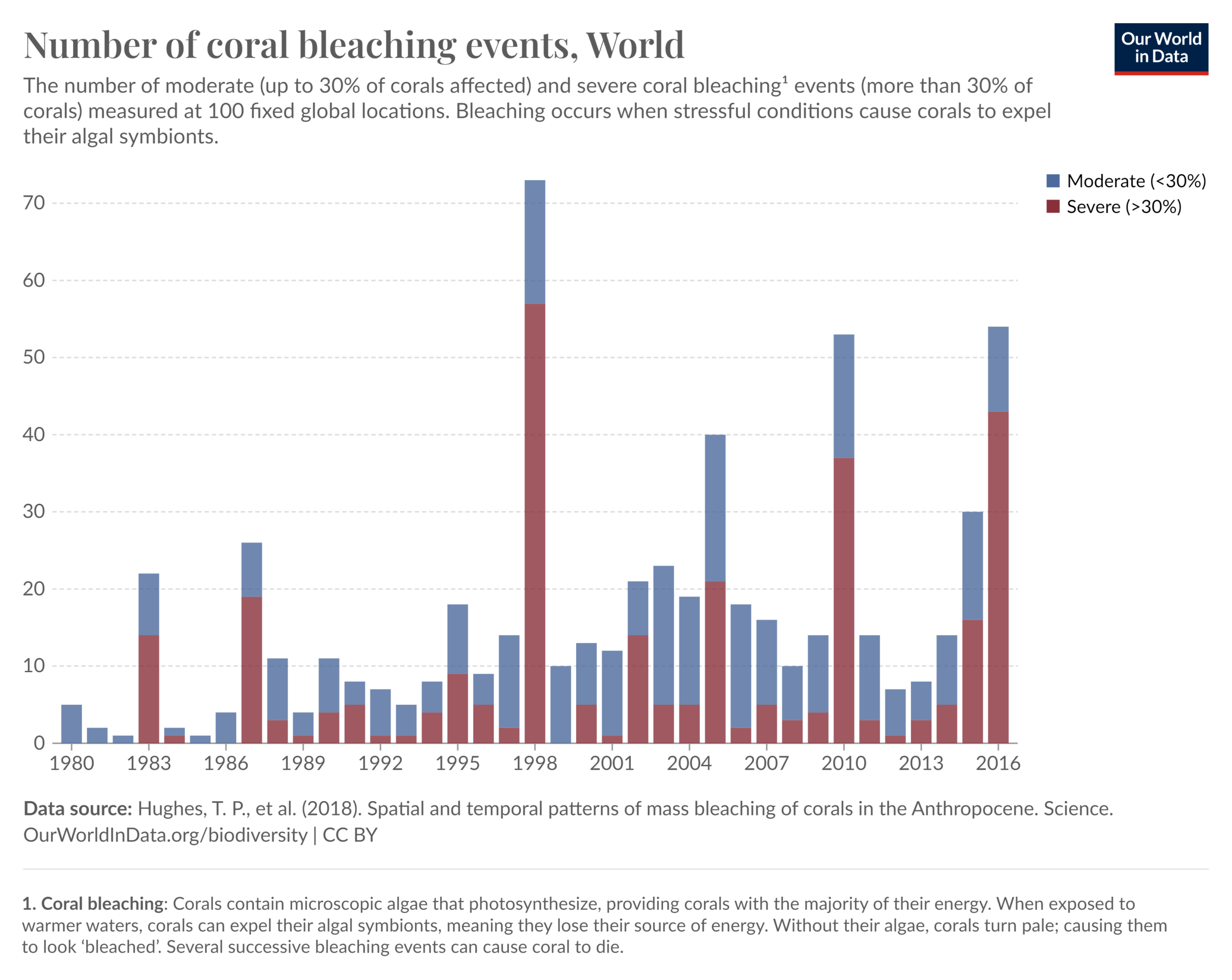
Altered Food Sources
Global warming disrupts food chains and the availability of resources for both plants and animals. For example, warmer temperatures affect plants’ blooming and fruiting times, which in turn impacts the animals that rely on them for food. Many bird species depend on the specific timing of insect emergence to feed their young, but climate change is causing a mismatch in these timings.
Temperature Changes
Rising temperatures affect the physiological processes of plants and animals and the climate. A changing climate leads to other impacts, like habitat loss and changing food sources. However, changes in physiological processes alter how species function at their core. This includes breeding patterns and growth cycles.
Amphibians, such as frogs, are susceptible to temperature changes, which can affect their reproductive cycles and lead to population declines. For plants, temperature shifts can alter blooming periods, potentially disrupting pollination processes that many species rely on.
Extreme Weather Events and Sea Level Rise
The increased frequency and severity of extreme weather events like floods, hurricanes, droughts and sea level rise and warming temperatures have devastating effects on plant and animal life. For example, hurricanes can destroy coastal ecosystems, uprooting plants and destroying habitats. Prolonged droughts lead to water shortages, affecting entire food webs and causing mass die-offs. Floods can wash away crucial soil nutrients and displace animal populations.
What Are Governments Doing to Protect Animals from Climate Change?
The international community recognises how impactful climate change is for plants and animals. Beyond general climate adaptation and mitigation measures, governments are implementing initiatives to expand protected areas, restore degraded habitats and roll out species-specific conservation programs.
Endangered Species Act
The United States has established the Endangered Species Act, which protects critically endangered species and their habitats. So far, 99% of species covered in the act have avoided extinction.
On the international stage, agreements like the Convention on Biological Diversity (CBD) and subsequent protocols aim to promote sustainable development and biodiversity conservation. The convention has been signed by 196 parties.
The Human Impact of Climate Driven Biodiversity Loss
Climate change poses a significant threat to our planet’s biodiversity, with numerous species already extinct and many more at risk. However, these changes not only disrupt ecosystems but also have direct and indirect effects on human life. Loss of biodiversity can affect global food availability, food security, harm human health and increase the frequency of natural disasters.
Governments and international bodies are taking steps to mitigate these effects, but urgent action is needed to reduce greenhouse gases and carbon dioxide emissions and protect the Earth’s biodiversity. Decision-makers in sustainability and environmental policies are crucial in driving climate action towards a more sustainable future.
Eric Koons
Writer, United States
Eric is a passionate environmental advocate that believes renewable energy is a key piece in meeting the world’s growing energy demands. He received an environmental science degree from the University of California and has worked to promote environmentally and socially sustainable practices since. Eric has worked with leading environmental organisations, such as World Resources Institute and Hitachi ABB Power Grids.
Eric is a passionate environmental advocate that believes renewable energy is a key piece in meeting the world’s growing energy demands. He received an environmental science degree from the University of California and has worked to promote environmentally and socially sustainable practices since. Eric has worked with leading environmental organisations, such as World Resources Institute and Hitachi ABB Power Grids.

